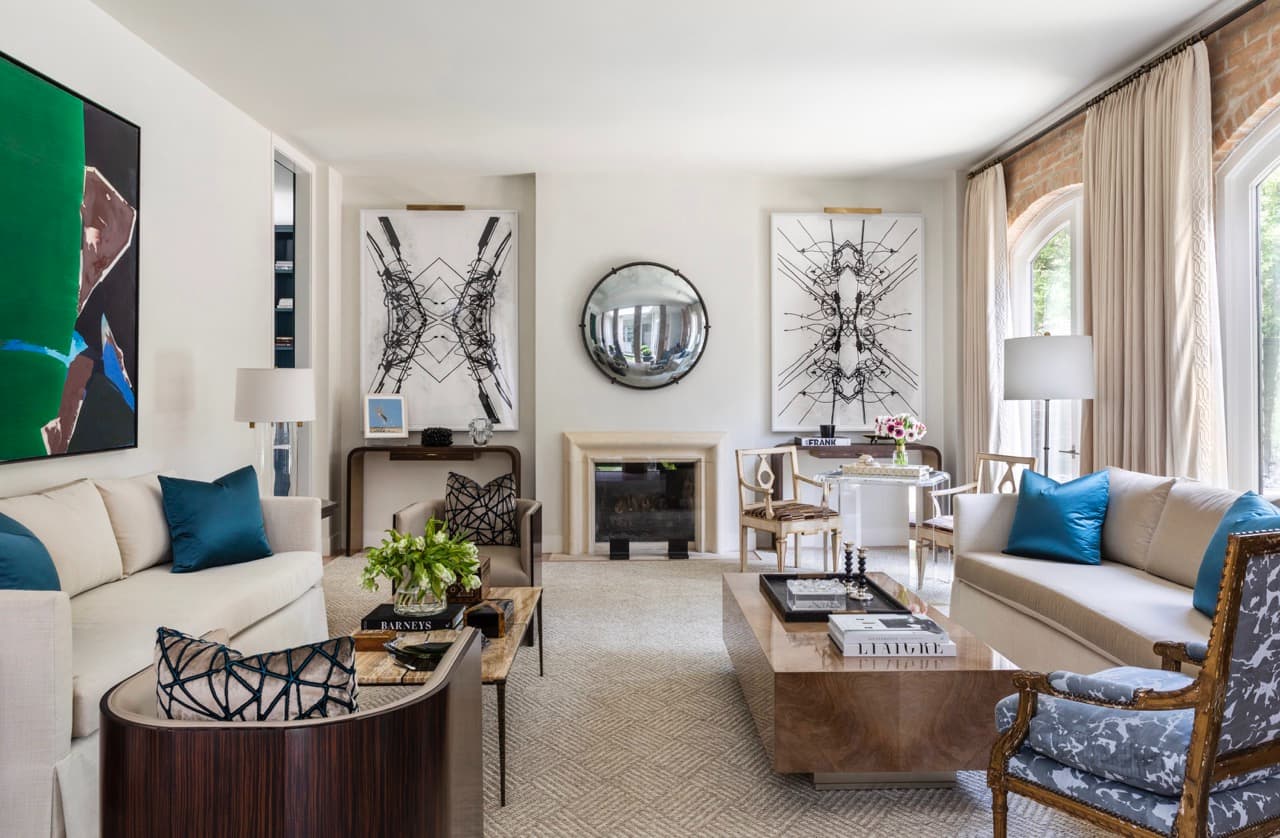An oft-overlooked actor in creating some of the most substantial art collections, art advisors are key to developing rounded, cohesive direction for those who don’t have the time to dedicate their entire lives to researching, relationship building, and following the tail of the art world. Collecting can be daunting and prohibitive for newcomers—that’s where an art advisor comes in. Just as interior designers have a finger on the pulse of the design world, art advisors dedicate their careers to understanding the nuances of what separates good from great art and how to lead clients to pieces they will connect with.
To learn more about how they demystify the art world to help their clients build sustainable (and, of course, financially beneficial) collections, we sat down with four top female advisors who are bringing their profession to the fore and demystifying the art world.
Emily McElwreath
McElwreath Advisory & Art Career Podcast, New York, New York
With more than 17 years of experience, Emily McElwreath works with private and corporate clients to develop culturally relevant collections. She is the CEO and host of The Art Career podcast where she has honest and probing conversations about issues including advocacy, career development, and mental health with leaders in the art world.

Buying art relies so much on personal taste. Why bring an outside advisor into the process?
If you’re serious about collecting or even you’re a first-time collector, working with an art advisor can be crucial because we know what’s going on in studios, who just graduated from the top programs, and who’s on the brink of game-changing career moves. I’m able to present works coming from an emerging studio that is still relatively affordable that I know won’t be in a few years based on substantiated data.
I think younger generations are more aware of the importance of art and supporting artists. People are not only starting a collection, but they’re also starting an educational journey that will last for the rest of their lives. If you’re working with the right art advisor, you’re meeting the artists, understanding what’s going on in their careers, and developing relationships—it’s not purely transactional.
What’s important to consider when it comes to emerging art?
Like any investment, knowledge is key. It takes a lot of patience, experience, and research to know which artists have what it takes to maintain relevancy and to understand where art is heading. As an unregulated market, there’s a lot to wade through to find the good stuff. Take monetary appreciation out of the way and you’re still choosing a piece of art because you love it. It’s kind of like a win-win scenario. Is art expensive? Yes. But is it worth it from a logical point of view? Yes.
-

Surf Road by Maureen Gallace (2017) hangs in a bedroom designed by Ann Wolf.
Courtesy of McElwreath Art Advisory -
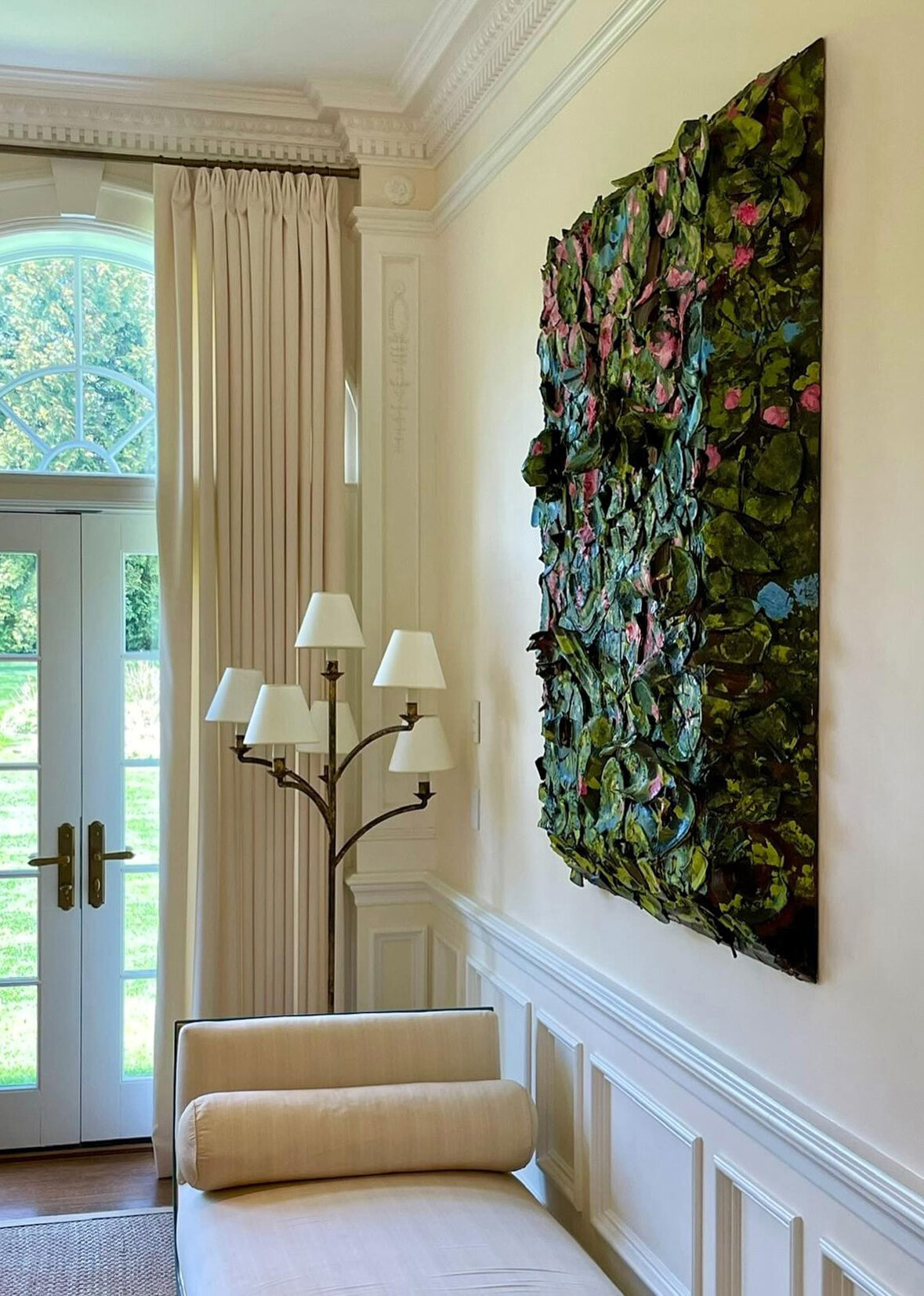
Julian Schnabel, Rose Painting VI (Summer 2021), 2021, in a client’s living room.
Courtesy of McElwreath Art Advisory
How would you advise someone who has an existing—or inherited—collection that might not jibe with their own taste?
Even if you’re not working with a collection that you would’ve chosen, there are fun and beautiful ways to complement existing pieces with new ones—especially when you’re looking at generational collections. I also advise clients building from scratch to think ahead: Many of my clients are self-made—which I’m very proud of—and they’re taking their children and grandchildren into account when considering a work to add to their collection.
Audra Kiewiet de Jonge
Art/artefact, Richmond, Virginia
Audra Kiewiet de Jonge’s art-driven interior design and advisory studio shows emerging and mid-career artists and collaborates with artists on commissions—most recently with artist Rosalind Tallmadge.
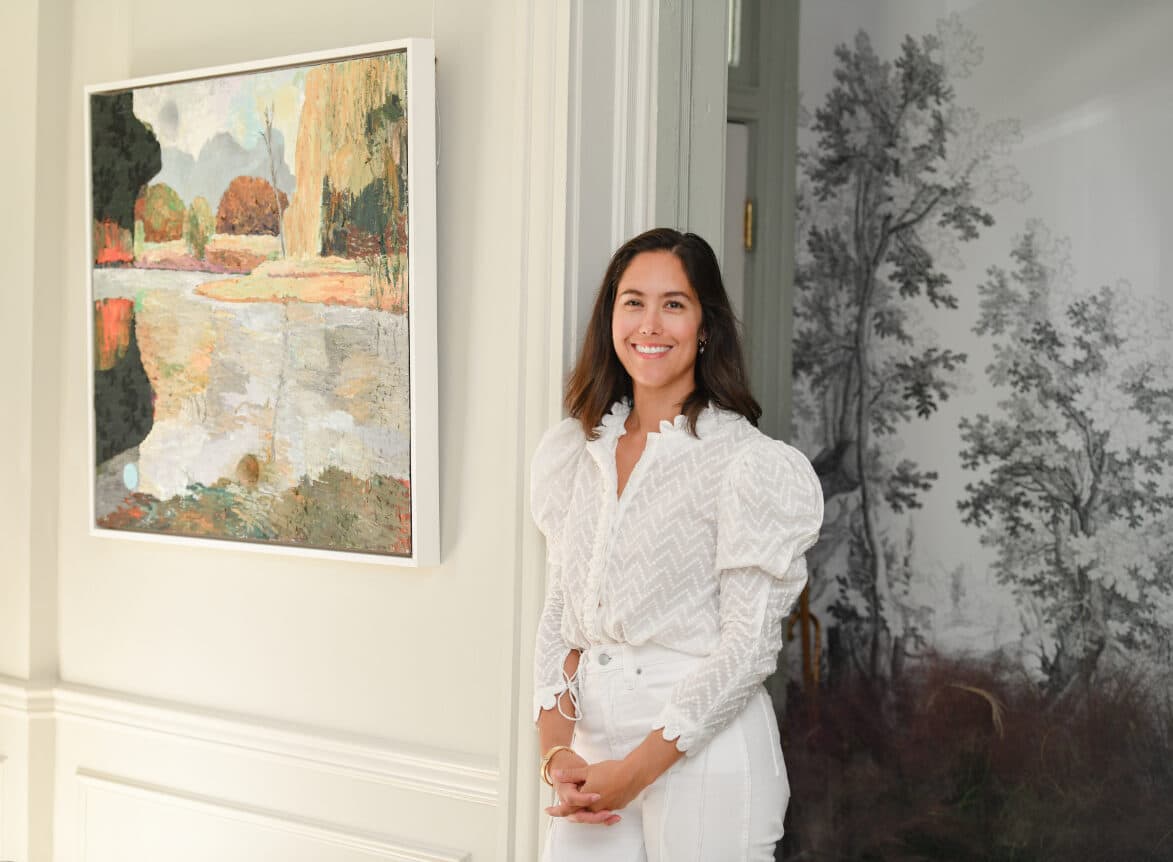
Audra Kiewiet de Jonge pictured with In Frederiksberg Garden III by Lars Ly, 2018.
Emily OverstreetWhat should people consider in terms of collection longevity when acquiring contemporary art?
My priority is always to understand the artist’s relationship to being an artist. I want to feel confident that they need to make art as a part of their individual identity and are deeply committed to their craft. Being an artist is a hard career choice; if they could be satisfied doing something else, that is a signal to me that they probably won’t still be at it later in life.
How does your process differ when you collaborate with an interior designer?
Some of my best work has been achieved working together with interior designers. The most successful collaborations are built on understanding and respecting areas of expertise and an openness to creating something that really sings. When both parties come together in this spirit, the results elevate beyond the decorative—it is imbued with meaning, sophistication, and long-term value. It’s akin to how a designer works with an architect to build the house: You hire an expert to get the best results and elevate the quality of your own work.
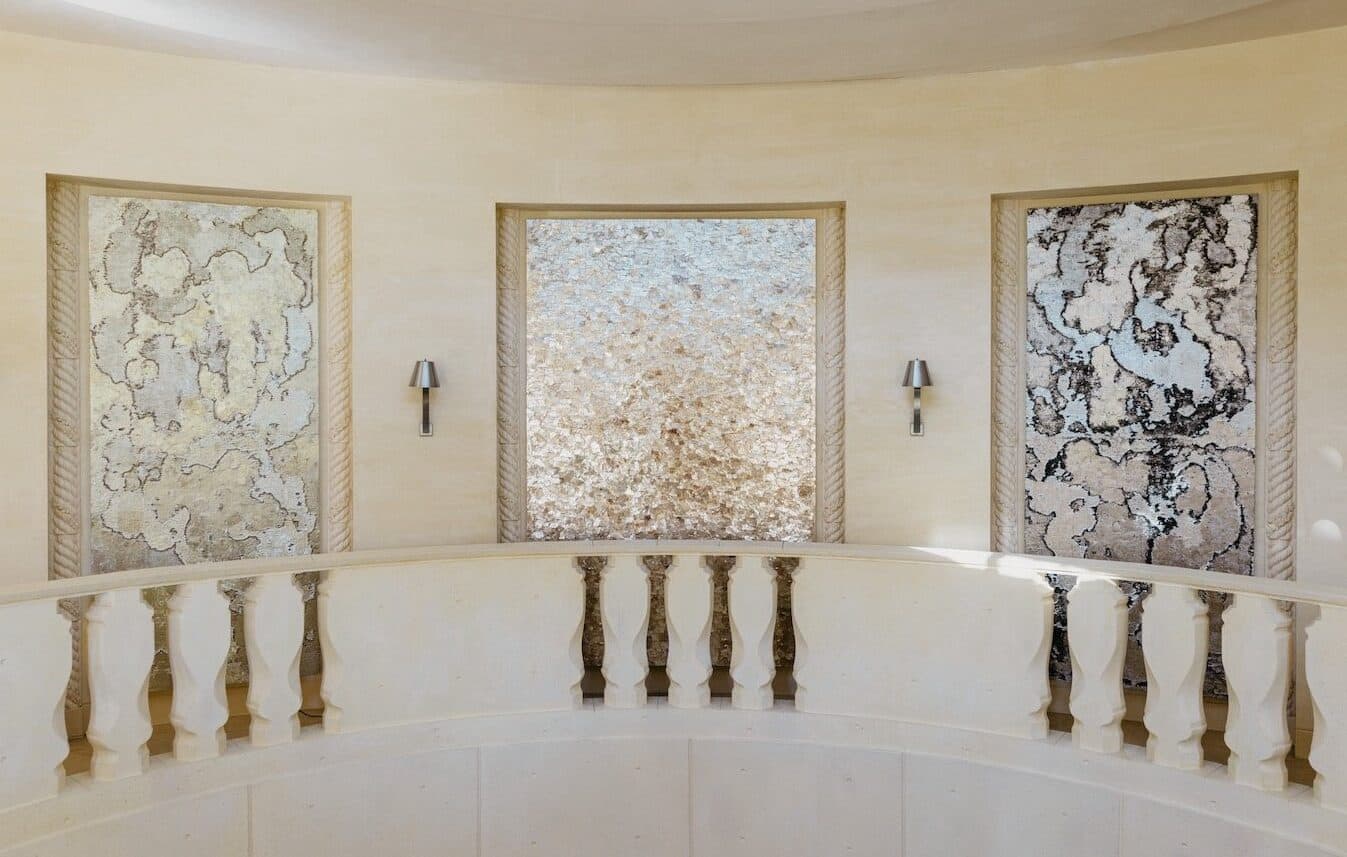
A commission by Rosalind Tallmadge for Opus One Winery in Napa Valley, California.
Boris ZharkovChandos Dodson Epley
C2 Art Advisory and Chandos Collective, Houston, Texas
As an interior designer herself, Chandos Dodson Epley saw the need for an art advisor in the design space. Enter C2 Advisory: As a full-service advisory that works with personal and corporate clients across the country to build dynamic art portfolios.
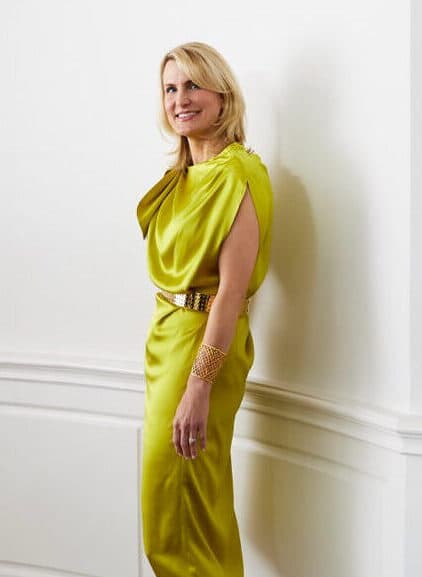
You began your career as an interior designer and later added art advisory services to your firm. Tell us about that.
As my clients’ knowledge about art grew, I realized that I needed experts on the ground supporting me who knew more about market value, provenance, and were specialized in areas like Old Masters or Modernism. It’s hard to be designing a home from the ground up and then also spend time searching for and researching art.
Let’s say a client comes to you looking to build a collection completely from scratch. Where do you begin?
I encourage collectors to have a little bit of everything. Do you want to collect female artists? Are you passionate about artists from Central and South America? What do you want your story to be? Not only is it educational, it’s also enlightening to watch people deep dive into what they’re passionate about collecting and understanding what drives them. At the end of the day, you need to buy what you love, what you are attracted to, what reflects who you are because you will look at it every day. Whether that’s an emerging artist or a blue-chip artist, it’s neither here nor there. You need to focus on what is important to you.
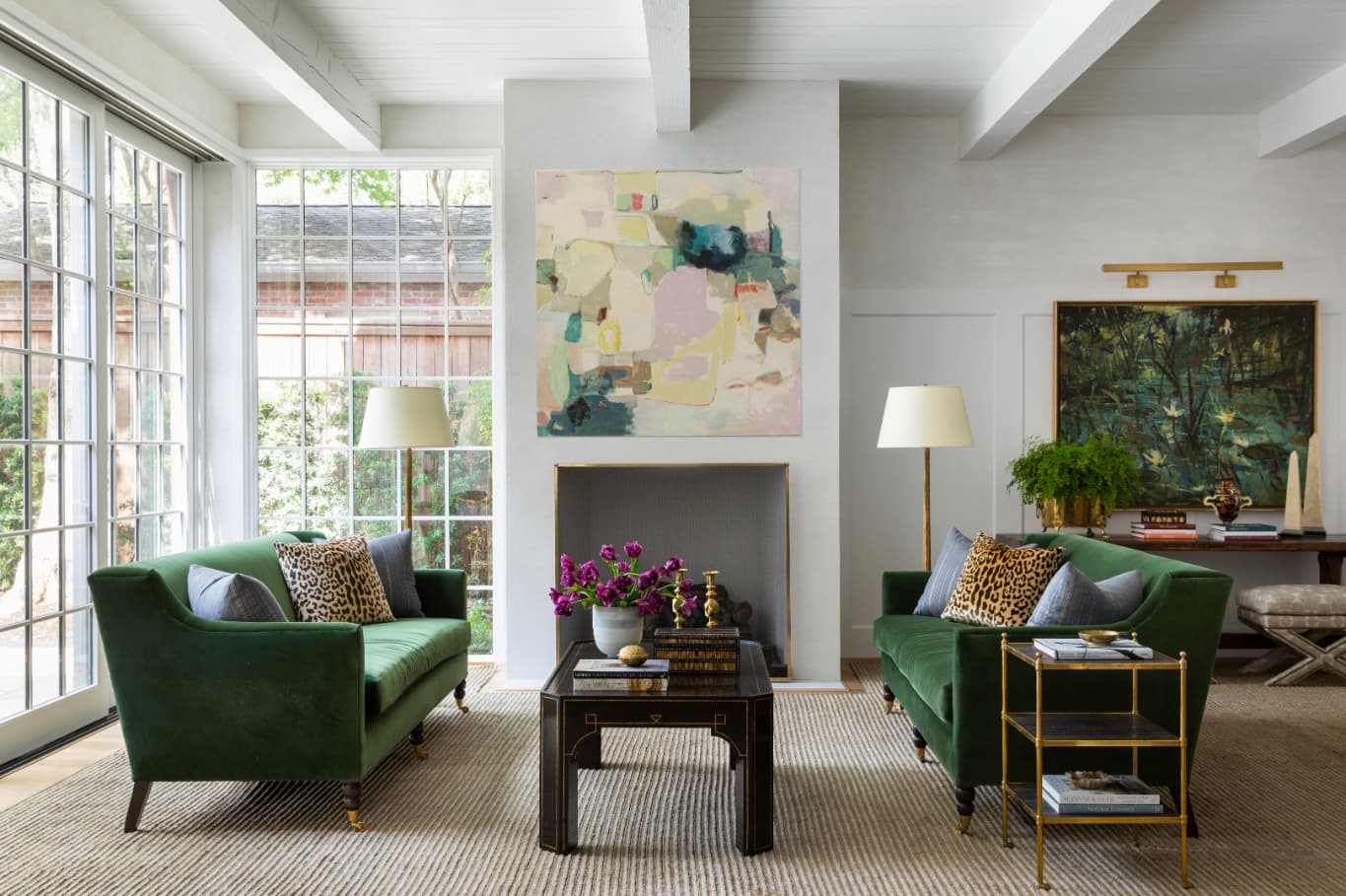
Finding Home by Terrell James (left) and Blue Irises (On My Pond) by John Alexander hang in a client’s living room.
Julie SoeferNancy Gamboa
Nancy Gamboa Art Advisory, Los Angeles, California
With an eye toward contemporary art and a background in aesthetics and theory, Nancy Gamboa’s art advisory focuses on portfolio development and philanthropy, working closely with regional institutions and non-profits to facilitate loans and charity donations.
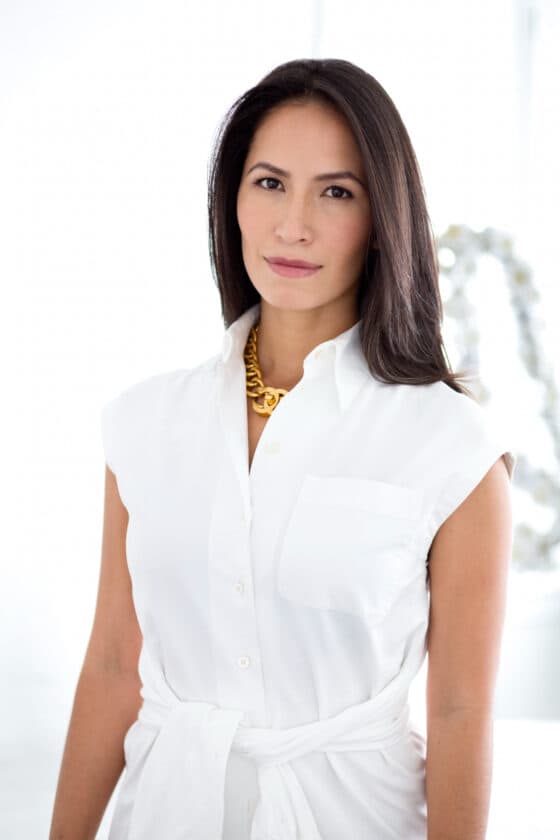
How do you work with new art enthusiasts who are just starting to collect?
I try to demystify the art world and bring it into their everyday life through visits to artist studios, galleries, auction houses and museums. I want to show potential collectors that what appears to be intimidating and complex can be an enriching, exciting process ripe with discovery and connection.
The youngest of my clients usually come to me after a period of being interested in art and buying on their own. They’ve reached the point where they know art must be a part of their life in a long-term way, and they want to make smart decisions both financially and substantively while gaining greater access to in-demand artworks.
What advice would you give someone with a limited budget or who sees collecting as accessible only to the one percent?
Great art can be found at every price point. Once that’s established, the more important work is to get out and start seeing as much art as possible. Engage with the work and the community.
-
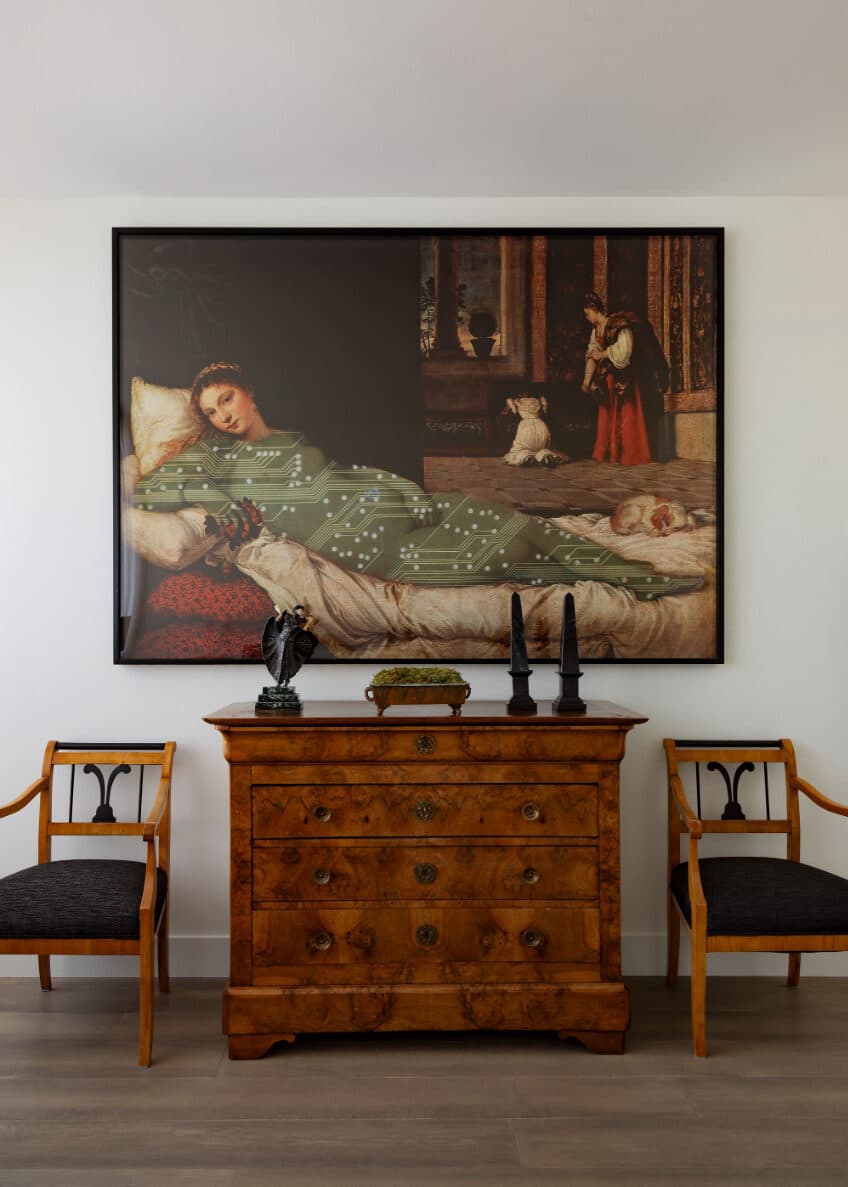
Lynne Hershman Leeson, Digital Venus After Titian, 1996/2018
Evelyn Henriquez -
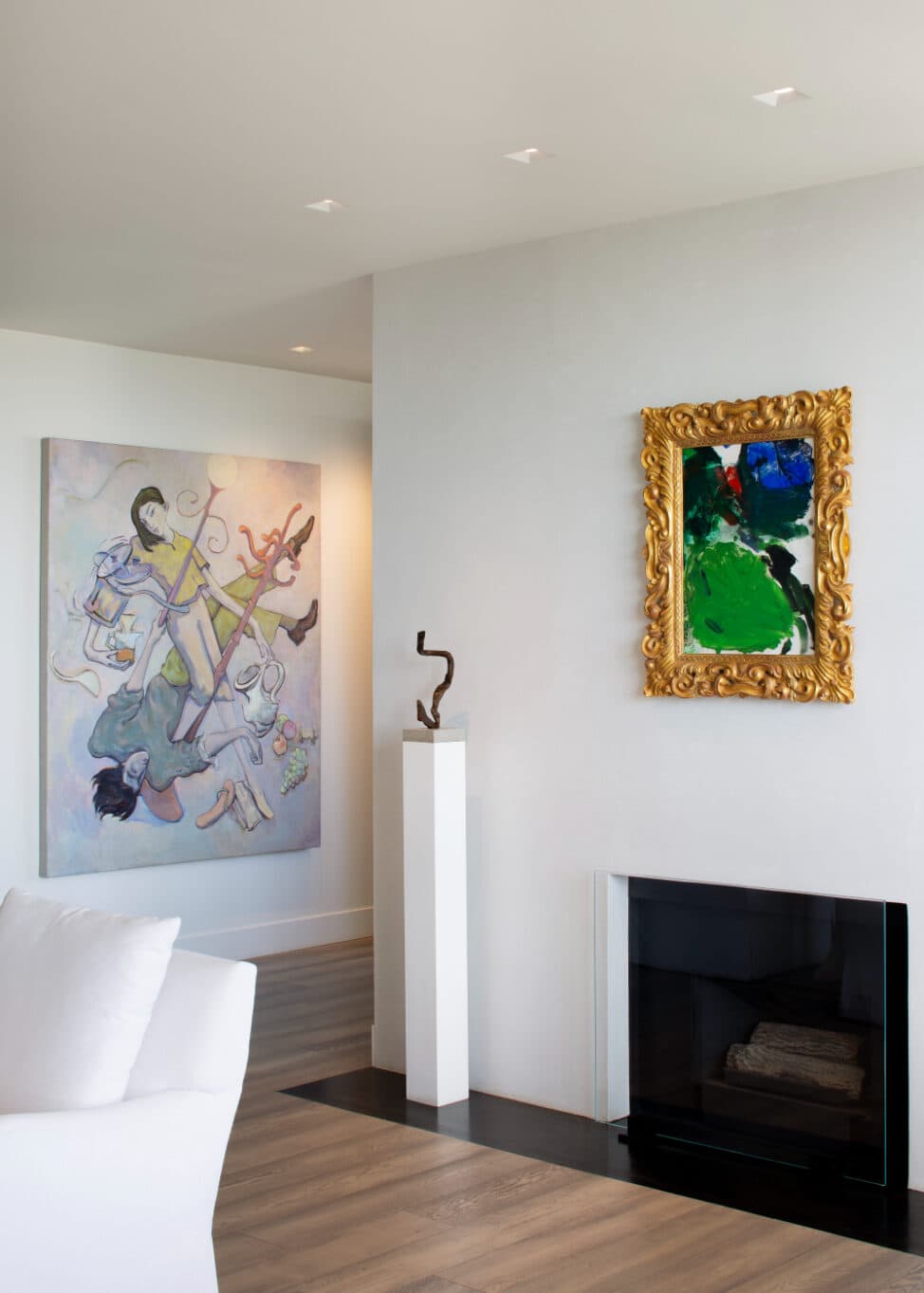
From left: Li Ran, After Preset, 2022; An Te Liu, Nonorganic Life, 2017; Josh Smith, Untitled, 2006.
Evelyn Henriquez
How do you help clients who don’t know what their taste is or don’t have the confidence to be explicit about what they like?
I advise new collectors to trust their gut in terms of art they respond to intuitively. We each hold a set of experiences that inform our individual connections to specific artworks. That intrinsic value shouldn’t be ignored, but activated, in tandem with the education and access an art advisor provides, to create a strong base for a growing collection.















